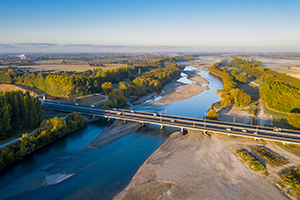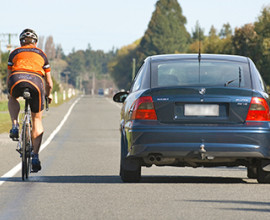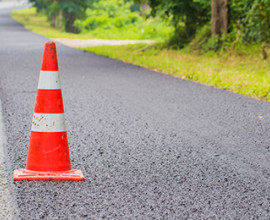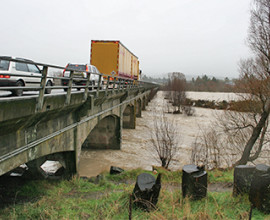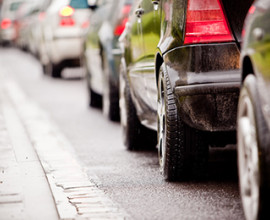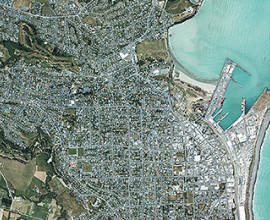Population growth and its effect on transport
Canterbury is one of the fastest-growing areas in the country, with several of our districts leading population growth in New Zealand.
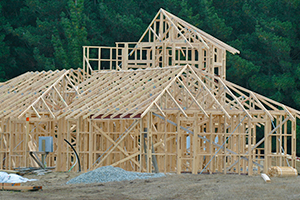 Selwyn District is the second-fastest-growing territorial authority in New Zealand with 6.3 percent growth between 2006 and 2018. Waimakariri District (3.5 percent) and Mackenzie District (3.2 percent) also experienced an average annual population increase greater than the national or regional averages between 2013 and 2018 censuses.
Selwyn District is the second-fastest-growing territorial authority in New Zealand with 6.3 percent growth between 2006 and 2018. Waimakariri District (3.5 percent) and Mackenzie District (3.2 percent) also experienced an average annual population increase greater than the national or regional averages between 2013 and 2018 censuses.
Statistics New Zealand's population projections for the region show that Canterbury’s population is expected to grow by around a quarter (or 160,000 people) by 2050. Much of this increase is expected in Greater Christchurch, particularly in the Waimakariri and Selwyn districts.
Increasing demands on our transport network
Population growth places greater demands on the transport network.
Urban centre growth
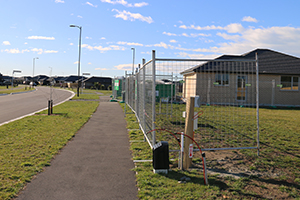 Population growth focussed in our main urban centres supports shorter trips, increased demand for public transport, and opportunities for improved walking and cycling routes. It can also mean greater numbers of people commuting from smaller urban centres (Rolleston, Kaiapoi, Rangiora, Ashburton) to our cities for work.
Population growth focussed in our main urban centres supports shorter trips, increased demand for public transport, and opportunities for improved walking and cycling routes. It can also mean greater numbers of people commuting from smaller urban centres (Rolleston, Kaiapoi, Rangiora, Ashburton) to our cities for work.
New residential developments
In areas where population growth is resulting in demand for new greenfield subdivisions, we’re moving further away from our urban centres. The use of cars becomes more frequent, with less opportunity for people to walk or bike to services and activities.
Freight movement
Freight volumes are also expected to increase with more people moving into the region. The 2019 South Island Freight Study reported that freight volumes in the Canterbury region are expected to increase from 40.3 m tonnes in 2017 to 61.1m tonnes in 2042 – an increase of 52 percent.
Without planning and investment, more people and goods being moved across the region could result in increased congestion, greater emissions, reduced safety and longer journey times.
Visitor growth
Population increase is often also accompanied by a rise in visitors. Canterbury benefits from large numbers of international and domestic tourists, and with it, increased demands on our transport network.
Responding to population growth
Environment Canterbury is responding to population growth by investing in a sustainable transport network that is integrated with land use.
This includes:
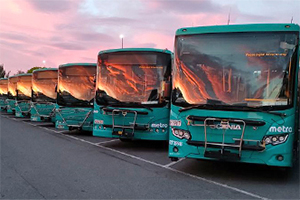 significant infrastructure investment, such as the public transport futures programme and mass rapid transit
significant infrastructure investment, such as the public transport futures programme and mass rapid transit- ensuring there are effective transport choices, such as more public transport options
- making sure the transport network is fit for different user needs
- ensuring regional alignment across transport priorities, primarily through our membership of the Canterbury Regional Transport Committee
- ensuring transport investment supports intergenerational prosperity.
Further statistics and resources
- Statistics New Zealand: Population estimates – 2048 projections by district
- Christchurch City Council: Christchurch facts and statistics
- Waimakariri District Council: District development
- Selwyn District Council: Population statistics
- More on urban development in the Canterbury region
- More on Canterbury's population

